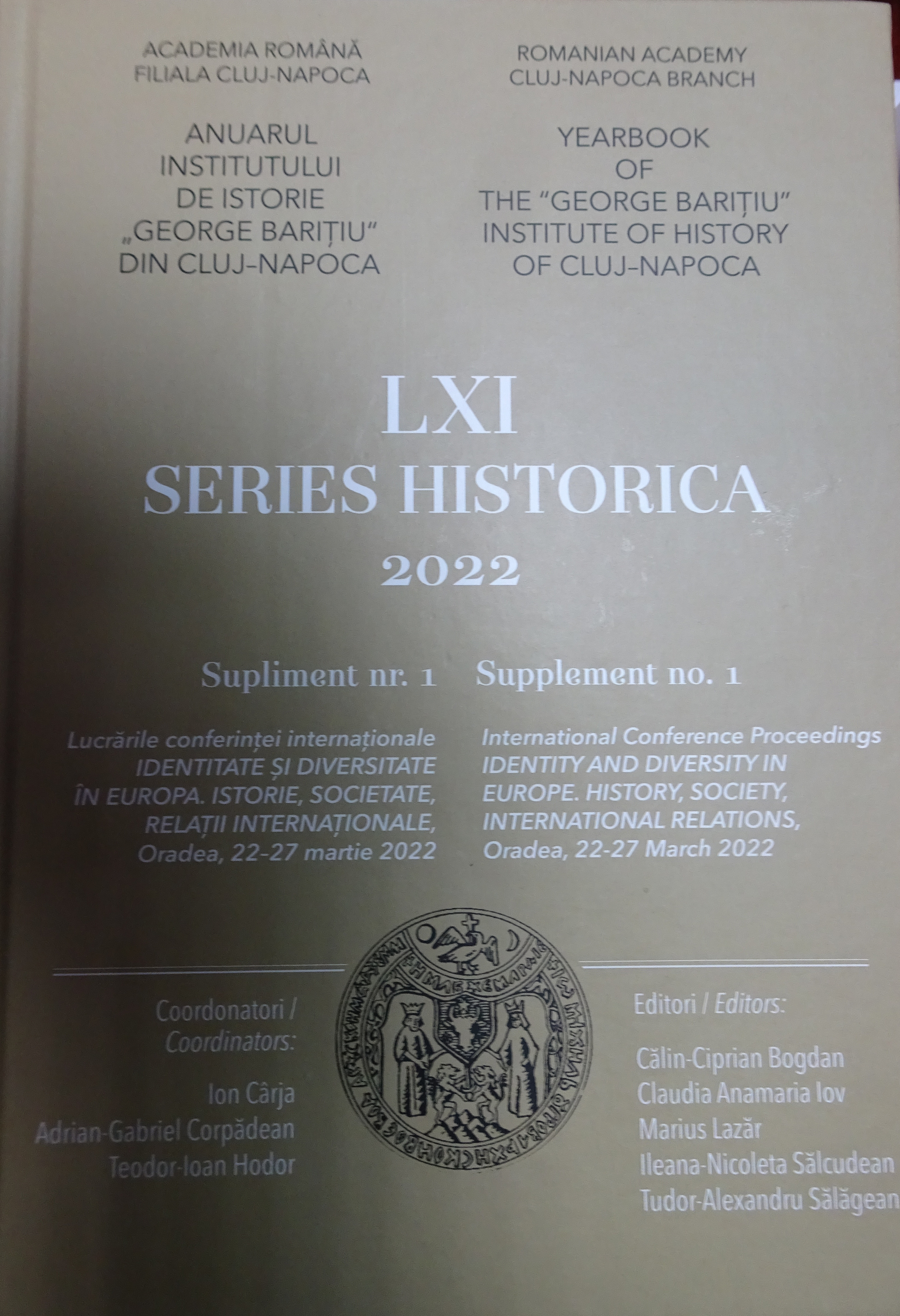Armata austro–ungară și propaganda împotriva României în perioada Primului Război Mondial
The Austro-Hungarian Army and Propaganda against Romania during the First World War
Author(s): Radu Traian RoșcaSubject(s): Local History / Microhistory, Military history, Recent History (1900 till today), Pre-WW I & WW I (1900 -1919)
Published by: Editura Academiei Române
Keywords: World War I; propaganda; Romania; Austro Hungarian army; hat badge;
Summary/Abstract: In the summer of 1916 after 2 years of neutrality, Romania entered the Great War. The chosen moment seemed favorable, the armies of the Central Powers being largely exhausted by the battles in which they took part during the campaign. However, several factors such as, lack of experience, indecision of some of the commanders, poor equipment, extremely difficult terrain in which they acted, etc., turned the 1916 campaign into a disaster for the Romanian army. Such a moment could not escape Austro Hungarian propaganda. This, the Austro Hungarian propaganda, used all available means to restore the morale of her own soldiers, taking advantage of this victory. Especially since it was obtained against Romania. One of the means used by the Austro Hungarian propaganda was the hat badges (Kappenabzeichen), which was dedicated to that moment and which heralded the great victory. Dozens of these hat badges were made in less than 2 years, capturing the most important moments of the campaign against Romania: the refuge caused by the Romanian offensive, the victories obtained on the battlefield, the conquest of Bucharest, the frustration of the help offered by the Russian army. The common denominator of these badges was that the victory was achieved primarily due to the courage of the Hungarian soldiers. They, aided by their German comrades, defeated a treacherous enemy, who entered the war following a betrayal, attacking Hungary from behind. The symbolism of these badges is extremely strong, starting from the idea that in front of the Hungarian lion (or tiger), the snake (or fox) representing the Romanian army, had no chance. However, despite the defeat suffered, as we well know, the Romanian soldiers demonstrated in the summer of 1917 that when they were well led and when they had the right weapons, they could fight on an equal footing with any opponent.
Journal: Anuarul Institutului de Istorie »George Bariţiu« - Series HISTORICA - Supliment
- Issue Year: 1/2022
- Issue No: LXI
- Page Range: 234-247
- Page Count: 15
- Language: Romanian

